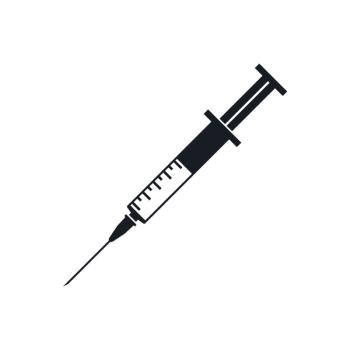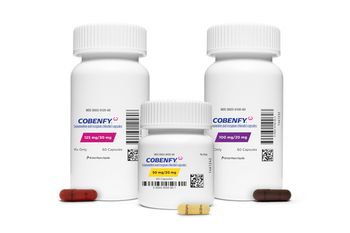
The Next Breakthrough in Schizophrenia Could be a Digital Therapeutic
CT-155 is a smartphone app that integrates psychosocial interventions delivered using an adaptive goal-setting technique. A phase 3 trial has demonstrated that it can reduce the negative symptoms of schizophrenia.
A prescription digital therapy has demonstrated that it can reduce the negative symptoms of schizophrenia, according to data presented recently at the 38th Annual European College of Neuropsychopharmacology Congress. CT-155, which was developed by Boehringer Ingelheim and Click Therapeutics, is the first experimental prescription digital therapy to demonstrate good tolerability and exhibit no significant adverse events when administered with an antipsychotic treatment.
An estimated 24 million worldwide have schizophrenia, according to the
The phase 3 CONVOKE (
CT-155 is a smartphone app developed by Click Therapeutics that aims to address the behavioral dimensions of conditions such as schizophrenia. It integrates psychosocial interventions delivered using an adaptive goal-setting technique.
CT-155 presents an innovative methodology to the existing standard of treatment. It provides interactive psychosocial intervention strategies, including adaptive goal-setting and behavioral activation, as a supplementary therapy provided digitally. This is crucial, since it offers a novel approach to assist patients in surmounting barriers linked to experiencing negative symptoms, such as apathy and reduced capacity for pleasure.
“This research underscores the importance of including innovative approaches in the treatment of schizophrenia. The emergence of prescription digital therapeutics, like CT-155, if approved, may hold the potential for patients to access psychosocial intervention from anywhere,” Gregory W. Mattingly, M.D., associate clinical professor at Washington University in St. Louis, said in a news release.
The implementation of a treatment for negative symptoms holds considerable ramifications for managed care organizations. Schizophrenia exerts a significant economic impact. The economic burden is larger for patients with negative symptoms, resulting in increased costs, more outpatient and inpatient visits, and extended hospitalizations.
If approved (CT-155 has received FDA breakthrough device designation), this PDT provides a means to enhance patient outcomes while potentially reducing healthcare expenses related to symptom severity. PDTs are designed to tackle the combined difficulties of accessibility and consistency in the utilization of psychosocial therapy, offering convenience and availability at all times.
This digital format can mitigate barriers to care, such as provider shortages, especially in remote regions, assuring more constant access to interventions and potentially reducing long-term resource use. The progression of CT-155 signifies a significant opportunity to include novel, accessible, and clinically validated digital therapies into the managed care system for schizophrenia.
Click and Boehringer Ingelheim have worked together since 2020, when they first announced a worldwide collaboration around a potential therapy for schizophrenia. In late 2022, the companies announced an expansion of the partnership, agreeing to collaborate on a second schizophrenia therapy.
Newsletter
Get the latest industry news, event updates, and more from Managed healthcare Executive.





















































